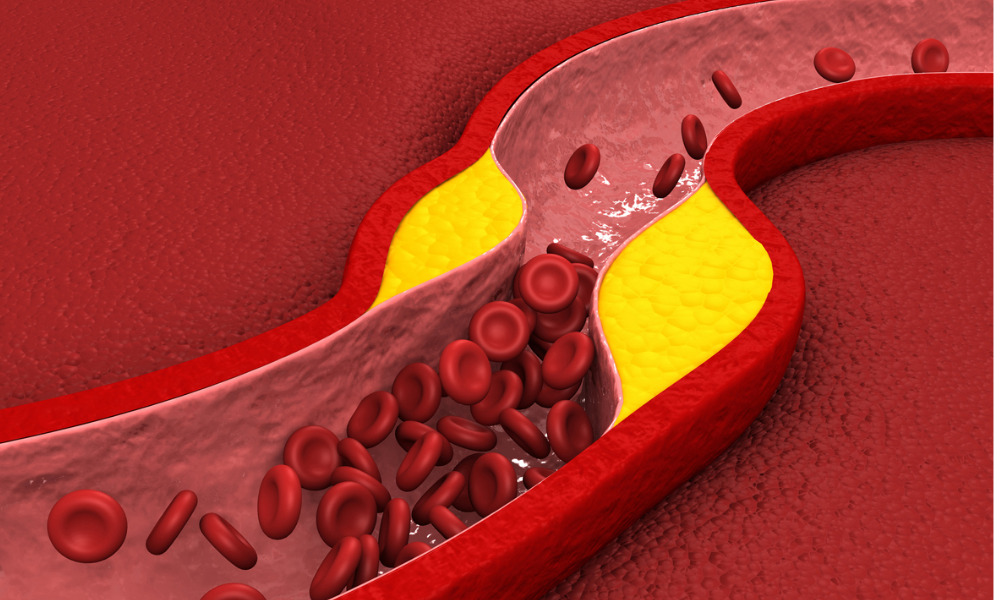Atherosclerosis is a major precursor to heart disease. It is characterized by fatty plaques deposited on the inner lining of major blood vessels in and around the heart.
New research indicates, however, that over forty percent of adults between 50 and 65 have some amount of atherosclerosis even though they show no outward symptoms of heart disease. The finding is prompting scientists to reconsider how they detect and measure chronic heart disease to hopefully catch more cases in earlier stages.
Many people aren’t diagnosed with heart disease until they’ve had a major cardiac event like a heart attack. Hopefully, this research might help start to change that.
It is now possible to view the heart in greater detail, catching unhardened plaques that don’t show up on traditional screening measures with a relatively new technique called coronary computed tomography angiography (CCTA).Cardiac computed tomography angiography can detect non-calcified as well as hardened plaques, so it can pick up on more cases of coronary artery disease in earlier stages.
Computed tomography or CT scans are a common way for healthcare practitioners to determine the presence and density of arterial plaques in the heart. These scans are used to compile a Coronary Artery Calcification or CAC score of zero to over four hundred, a measure of the degree of plaque buildup which can be correlated to the risk of experiencing a major cardiac event. Scores of four hundred and higher are considered high risk for heart attack.
CT scans and CAC scores, while useful, are not fail-safe. “Measuring the amount of calcification is important, yet it does not give information about non-calcified atherosclerosis, which also increases heart attack risk,” researcher, Göran Bergström, professor in clinical physiology in the department of molecular and clinical medicine at the University of Gothenburg in Sweden, explained in a statement.
Adults aged 50 to 64 who had no history of heart attack or other cardiac events were recruited for the study. Participants were measured for heart disease using both CT scan and an improved-upon technique known as cardiac computed tomography angiography (CCTA). This fairly new method of detection is more sensitive and can detect noncalcified as well as hardened plaques in the arteries, so it can pick up on more cases of coronary artery disease in earlier stages.
Even the roughly 9 percent of study participants who had a CAC score of zero and were considered low risk for heart attack still had some degree of atherosclerosis when measured with CCTA as opposed to CT scan.
Eighteen million people die every year from heart disease and related events like heart attacks and stroke. When plaque builds up in the heart’s blood vessels, it can cause chest pain (angina) and an irregular heartbeat. A feeling of tightness, tingling limbs, shortness of breath or coldness in the extremities are other symptoms of heart disease to look out for.
Luckily, there are many lifestyle choices within your control that can make a huge difference when it comes to preventing heart disease. If you are concerned about your own heart health, don’t smoke; cut back on red and processed meats; try eliminating processed sugars and carbohydrates from your diet and getting more exercise to strengthen your heart. Drinking enough water is also important for a healthy heart.
The study is published in the journal Circulation.





